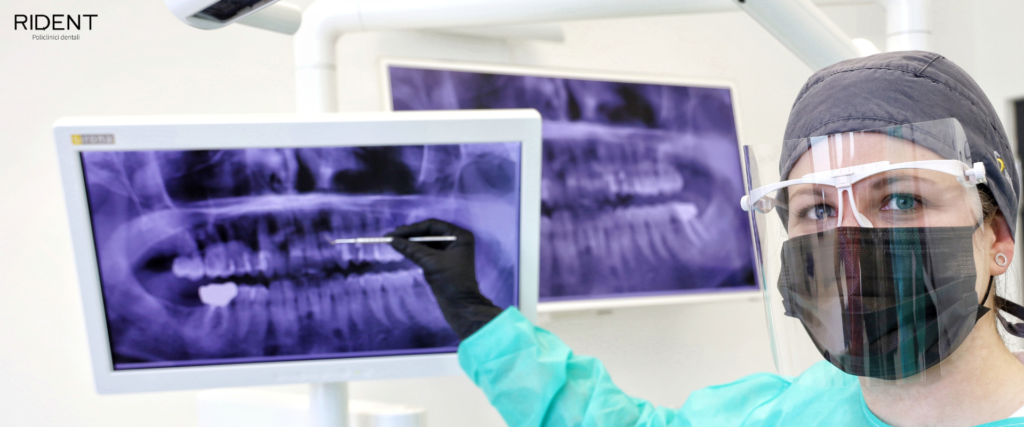27.04.2021
Dentists often encounter trauma to the teeth and surrounding soft tissues of the orofacial areas in their daily work. It is present in deciduous and permanent dentition, due to the frequency of its occurrence, treatment requires special attention.
Traumatic injuries to teeth and supporting tissues often occur in children and adolescents and require urgent therapeutic treatment and long-term follow-up of the injured tooth. Research has shown that dental trauma is more common in men than in women, and that it most commonly affects the upper central incisors. Tooth trauma is caused by the short-term action of strong forces.
Dental traumas are classified into:

The most common dental trauma is an uncomplicated fracture of the tooth crown in permanent dentition that can lead to pulp necrosis, while in deciduous dentition the most common injury is intrusion.
The success of rescuing completely erupted teeth depends on how long the tooth has been outside the oral cavity. If a tooth in deciduous and young permanent teeth manages to return to the alveoli within 30 minutes of the eruption, there is a high probability that normal circulation will be restored and the tooth will continue to grow. Within two hours of trauma, the possibility of rescuing the periodontal ligament is relatively high.
Movable teeth are fixed with a splint that immobilizes the tooth for seven days. If it is moved from its natural position, return it slightly to its place and immobilize it for two to three weeks.
In case of enamel and dentin fractures, filling is done, if the pulp is damaged, the tooth needs to be treated, and in case of rupture in 1/3 of the root, the tooth is treated, upgraded with a composite peg and covered with a dental crown.
In case it is not possible to save the tooth, dental implants are definitely the solution.
After a trauma, it is important not to panic but to react quickly. A good medium for transporting teeth that are not in the alveoli are saliva, saline and milk, avoid plain water and alcohol which lead to dehydration of the teeth.
It is necessary to contact a dentist as soon as possible who will make a diagnosis based on your medical history and clinical examination with X-ray analysis, and then start with an adequate procedure in order to save the tooth.
Any injury requires urgent intervention because the loss of time reduces the chance of a successful tooth rescue.